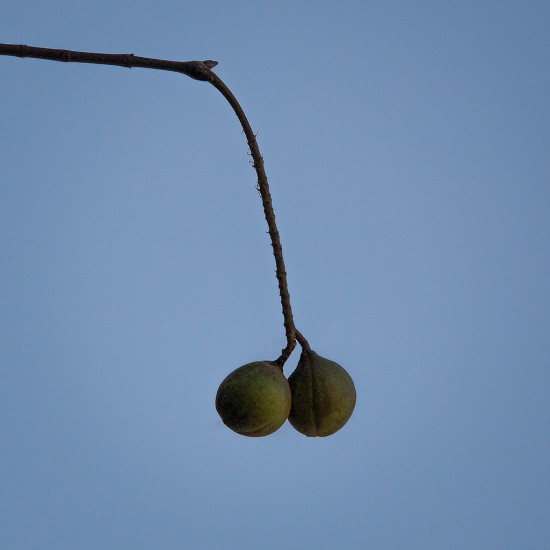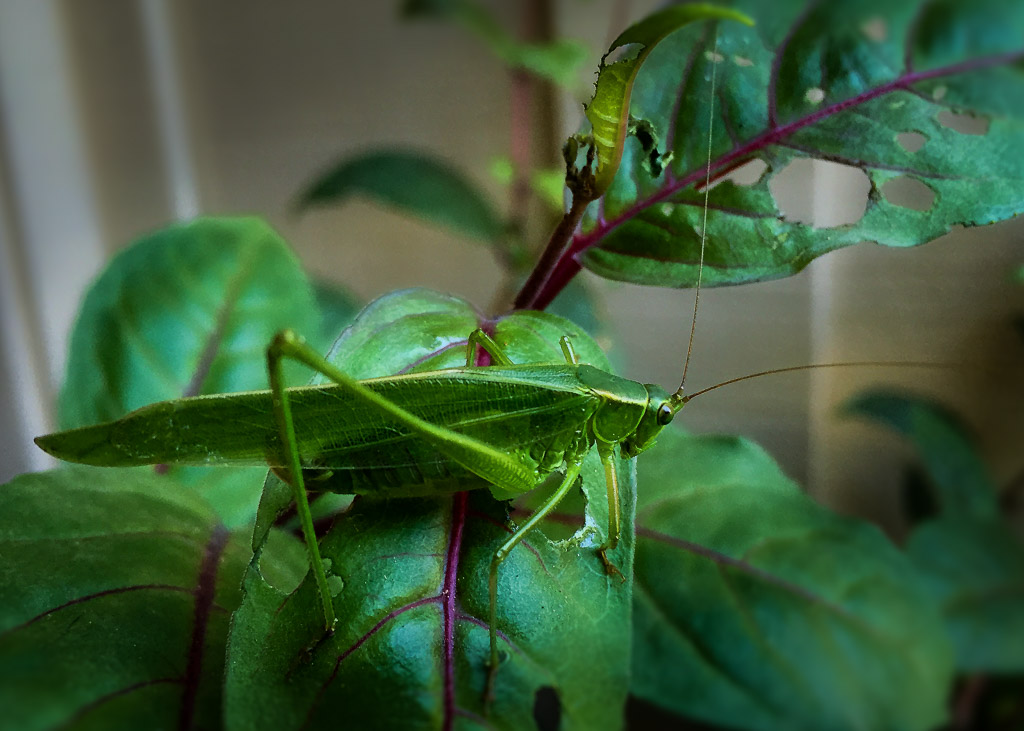I am increasingly working with architectural photography. Most of the work I’ve done has been homes that were either recently built or remodeled. I enjoy this type of photography because it’s challenging and fun to see the art in architecture, sometimes obvious and sometimes more discreet. I’ve been commissioned to photograph the steel work construction of a house being built on a lot in the High Meadows area of Carmel, CA. It will have amazing views of Carmel Highlands, Point Lobos and Carmel Bay in the Pacific Ocean. Carmel Bay is south of Monterey Bay.
I processed the four images below in both color and black & white. Black & white was the clear winner. Without color, your eyes are free to follow the lines, shapes and juxtaposition of the components without being distracted by color. I’ll be shooting more photographs this weekend and again when the house is completed.
The best way to view the images is to click on the first one,
then use the forward and back arrows.
[sk_grid id=”7958″ initial_load=”4″ gallery_gap=”12″ hover_color=”007489″]




